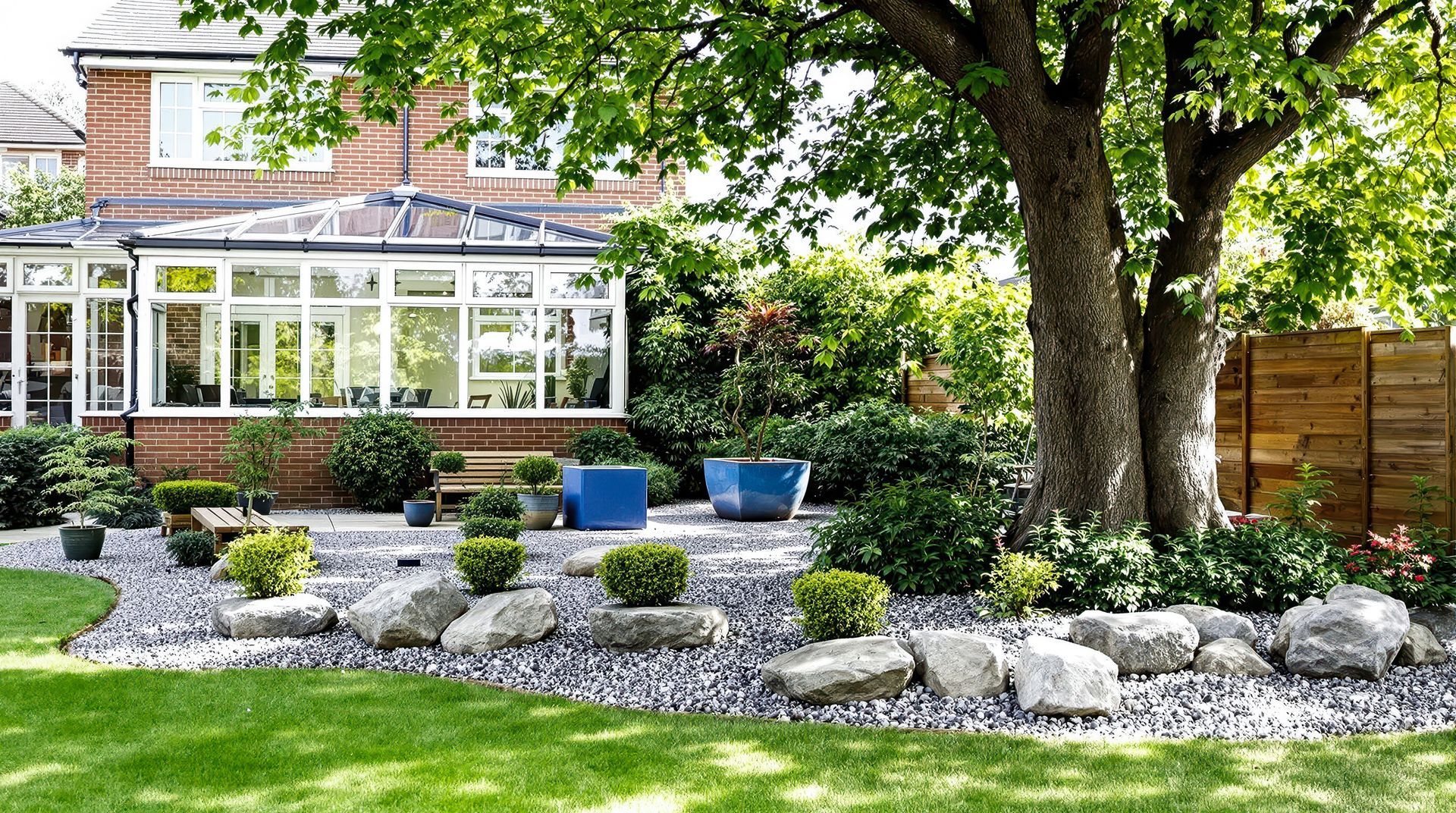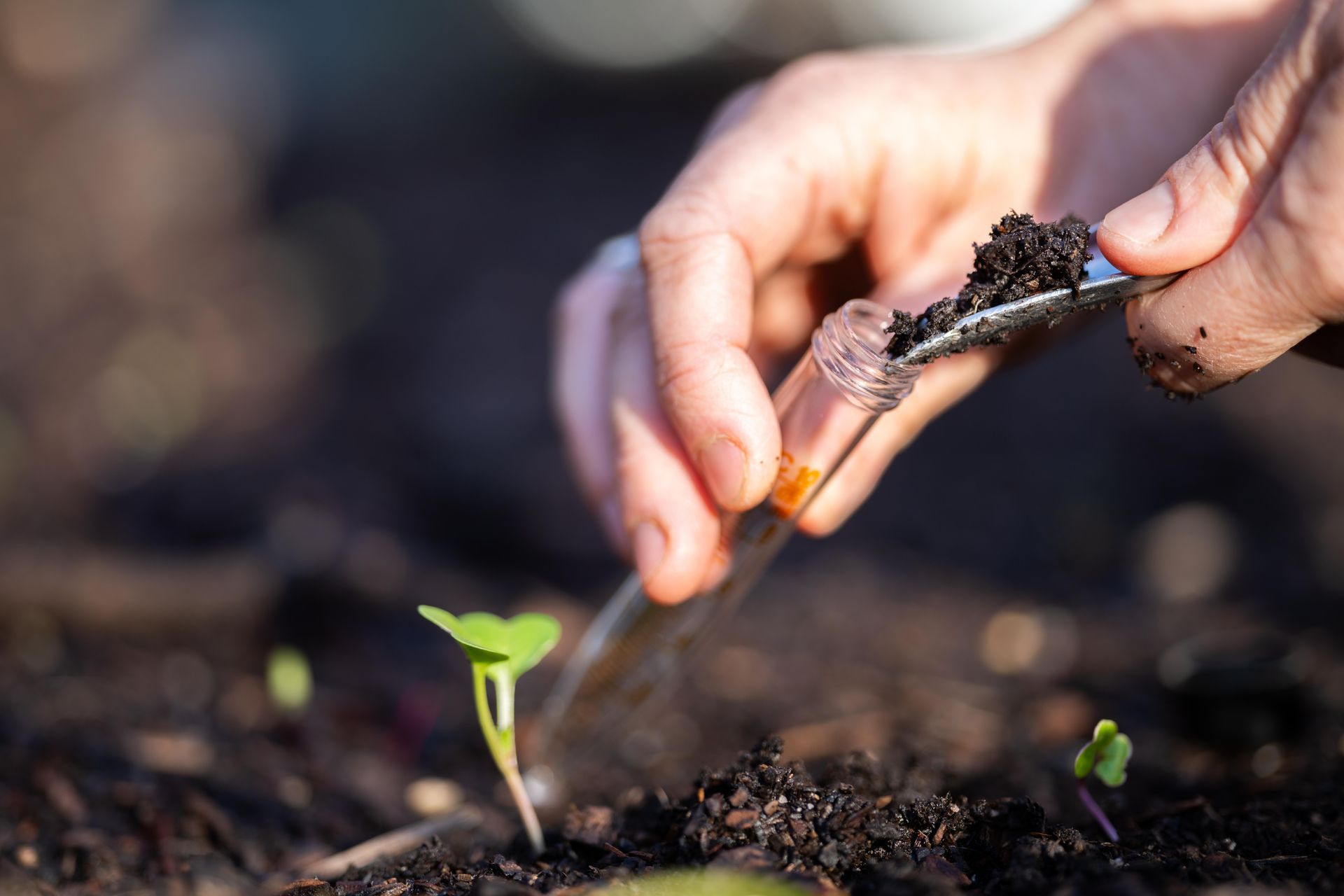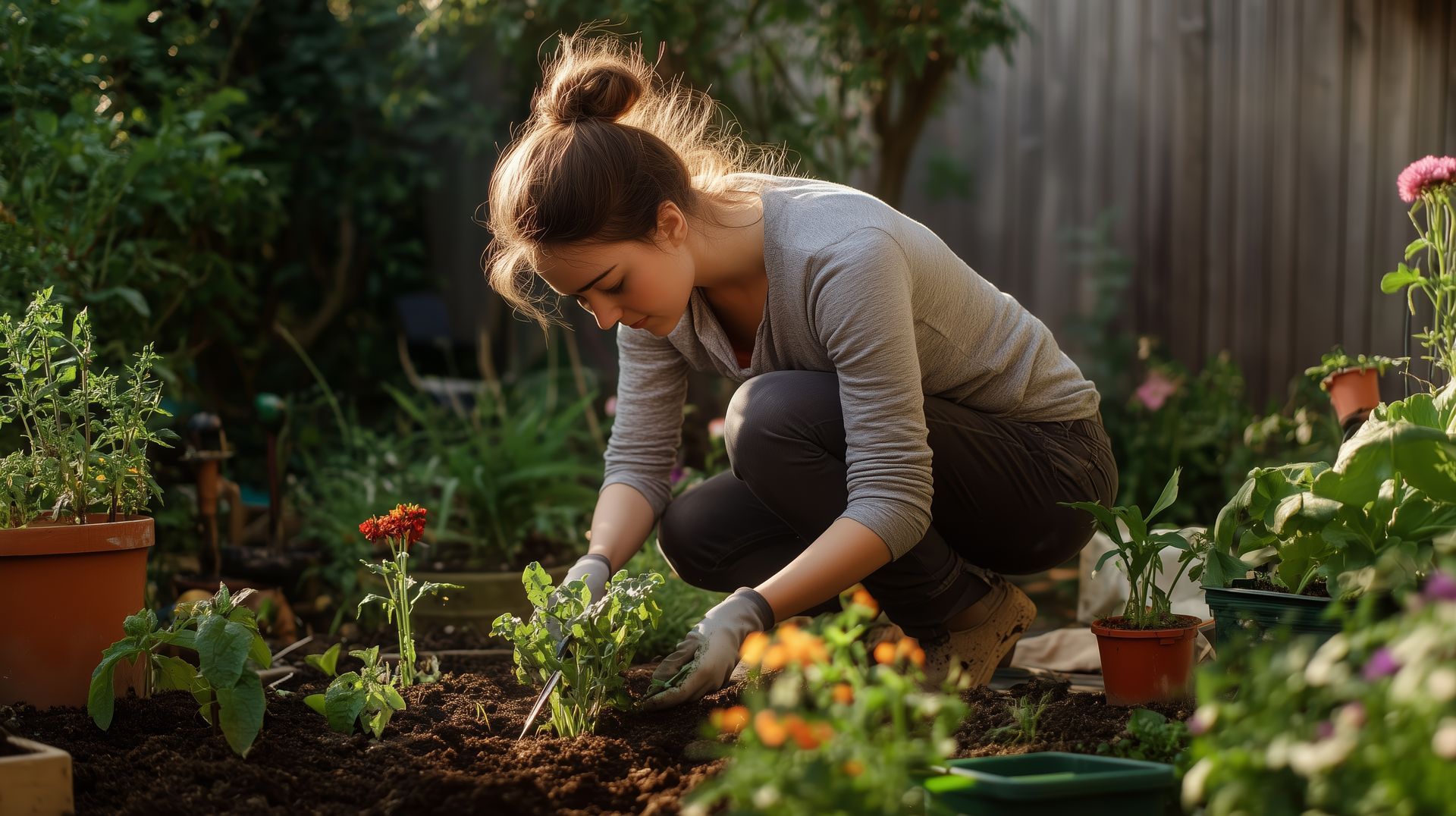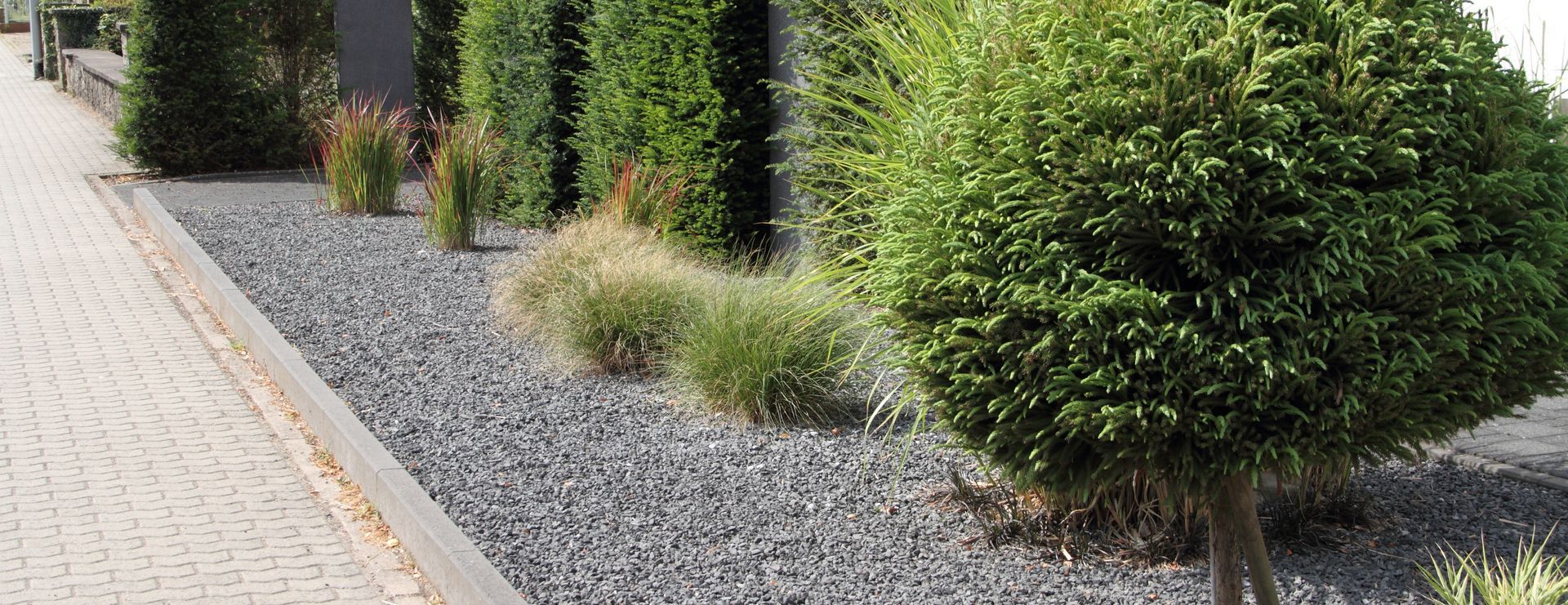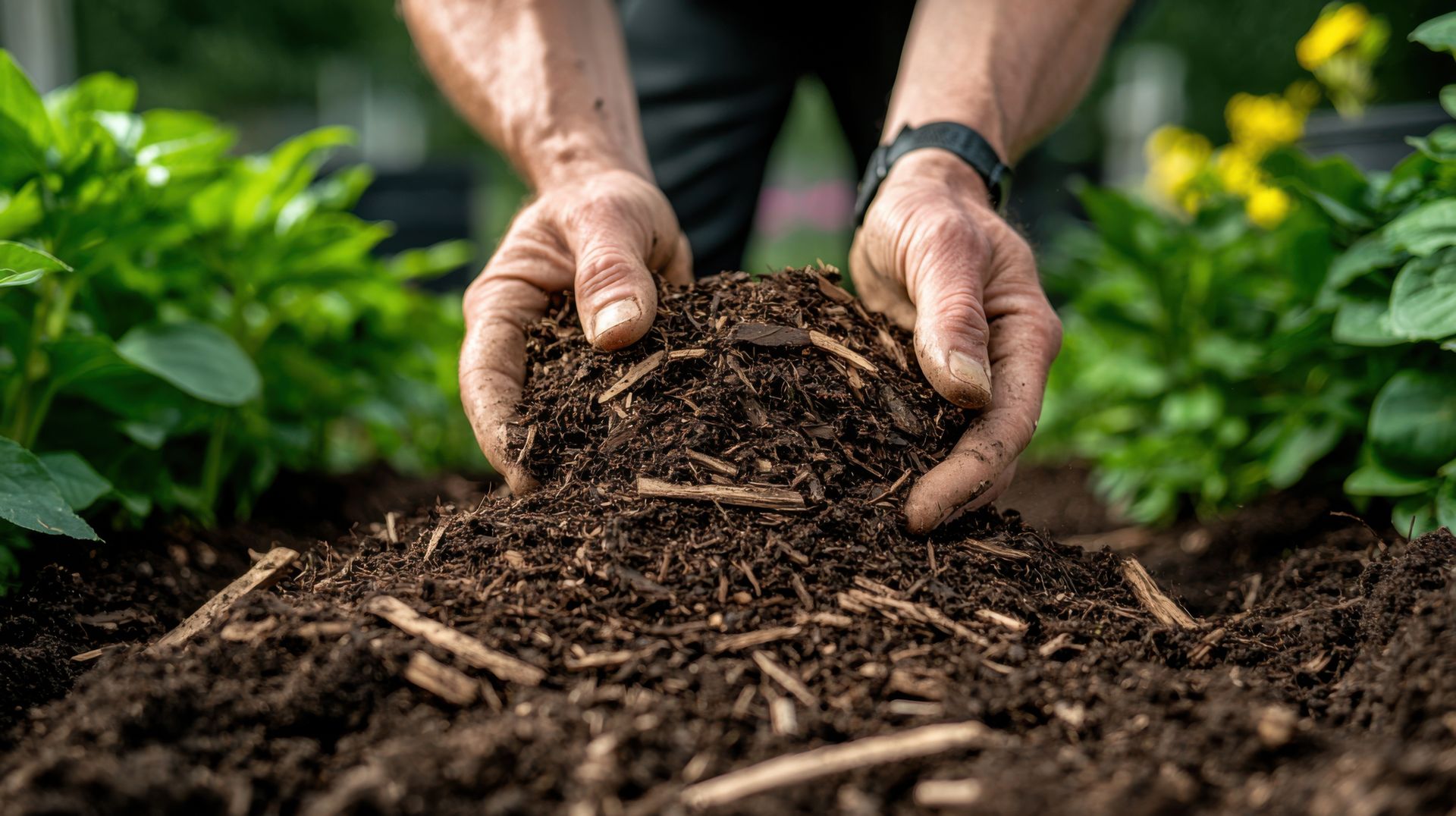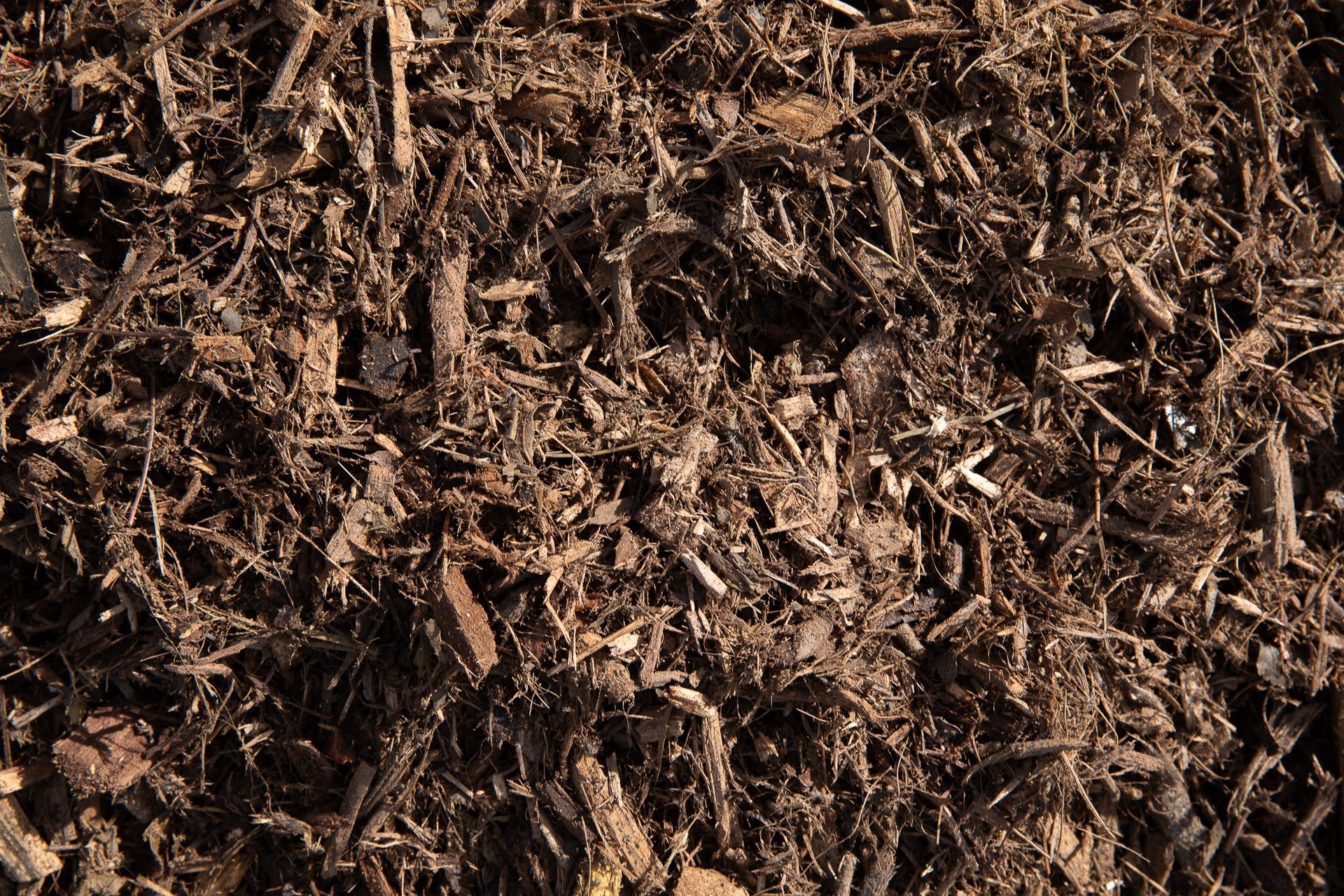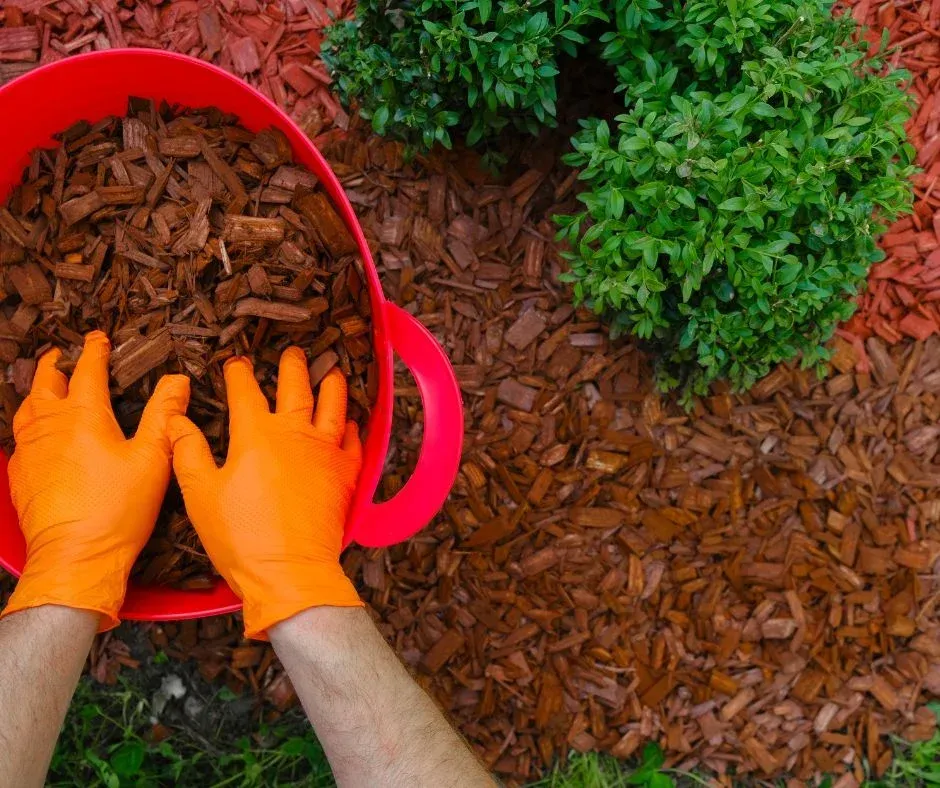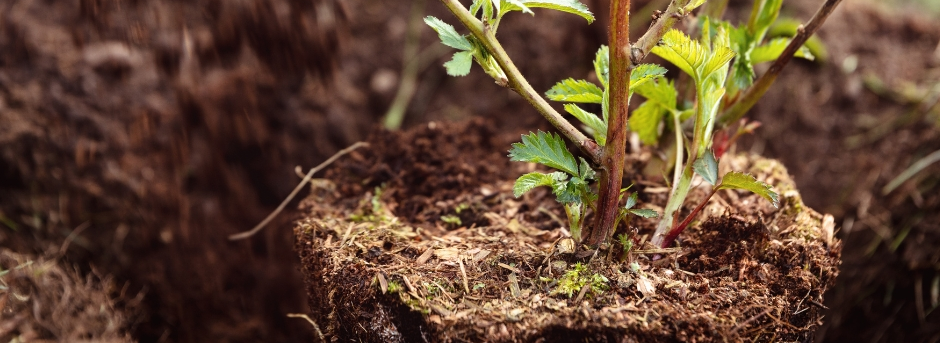The 5 Best Mulches For Preventing Weeds
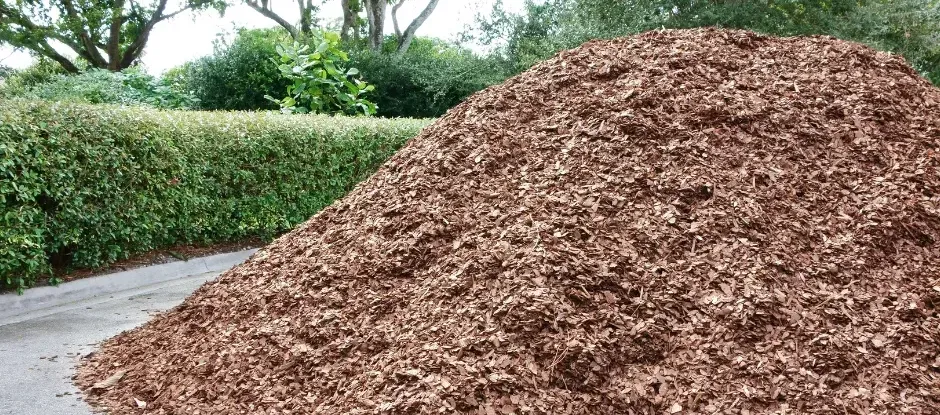
Mulch is a layer of material placed on the surface of the soil to protect it from the elements, help it retain moisture, and prevent weeds from growing. It is an important part of any gardening or landscaping project and can be made from a variety of materials, such as wood chips, bark, leaves, and straw.
There are many different types of mulch available on the market, and it can be difficult to know which one is best for your needs. In this article, we will recommend the 5 best mulches for preventing weeds.
Mulch Type 1: Wood Chips
Wood chips make a great mulch material because they are biodegradable, allowing them to break down over time, improving soil structure and adding valuable nutrients to the soil. They are also coarse and airy, which helps with water retention and prevents the soil from becoming oversaturated. Wood chips are also great for suppressing weeds, as they can be laid down in thick layers that prevent light from reaching weed seeds beneath the surface. Wood chips can be purchased in bulk from nurseries and gardening centers and can be applied in a variety of ways. The most common way is to spread them in a four- to six-inch layer over the soil. You can also use wood chips to create pathways or walkways in your garden, or you can use them to mulch around trees, shrubs, and other plants in your landscaping.
Mulch Type 2: Pine Needles
Pine needles are becoming increasingly popular as a mulch material due to their many benefits. Pine needles are incredibly lightweight, which makes them ideal for use around delicate plants and flowers. They are also high in acidity, which helps to prevent weeds from establishing themselves in the soil. Pine needles also help the soil retain moisture, which is especially beneficial in dry areas. Pine needles can be applied in much the same way as wood chips. They can be spread in a thick layer around beds, trees, and other plants. You can buy bags of pine needles from most gardening stores and nurseries, or collect them yourself by raking up fallen pine needles. Pine needles are not ideal for pathways as they are too thin and will break down quickly.
Mulch Type 3: Compost
Compost is an organic material made up of decaying vegetable and plant matter. It makes an excellent mulch material as it is high in nitrogen, which helps to stimulate plant growth and adds nutrients to the soil. Compost also helps to suppress weeds by blocking light from reaching the soil beneath. Compost can be spread around trees and plants in a thin layer of one- to two inches. You can purchase bags of compost from gardening stores or make your compost from kitchen scraps and other organic materials. It's important to note that compost is typically high in nitrogen, so it should not be used on grass as it will burn the grass if used in too thick of a layer.
Mulch Type 4: Straw
Straw is often used as a mulch material, especially for gardens and pathways. The coarse and airy nature of straw helps to retain moisture in the soil and prevents weed growth. Straw also provides a bit of added insulation and can help protect plants from the elements. Straw can be purchased in bales from most gardening stores and nurseries and can be spread in a thin layer around plants and trees, or a thicker layer as a pathway. You must check the straw for weed seeds and remove any you find, as straw can harbor weed seeds if it has not been properly cleaned and sanitized.
Mulch Type 5: Grass Clippings
Grass clippings are often used as a mulch material due to their availability, affordability, and the fact that they provide essential nutrients to the soil. Grass clippings are primarily composed of nitrogen and phosphorus, which can be beneficial to both plants and grass. Grass clippings are also great for suppressing weeds, as they form a thick, impenetrable barrier that prevents light from reaching weed seeds beneath the surface. Grass clippings should always be spread in thin layers—no more than two- to three inches—as thicker layers can lead to unpleasant odors and can mat down, reducing the amount of water that can penetrate the soil. Grass clippings can also quickly break down and may need to be replaced or refreshed more frequently than other types of mulch.
A Few Final Thoughts on Preventing Weeds
Mulch is a great way to prevent weeds and protect your soil from the elements. The five we have discussed in this article—wood chips, pine needles, compost, straw, and grass clippings—are all excellent choices for suppressing weeds, but it is important to remember to spread them in thin layers and check them frequently for weed seeds. You should also keep in mind that certain types of mulch can have different nutrient levels and that the type you choose may depend on the type of plants and soil you have. Lastly, keep in mind that no matter what type of mulch you choose, it is important to refresh or replace it every couple of months or when it begins to break down, as this will help prevent weed seeds from establishing themselves in the soil.
North County Supply is the only shop you'll need for all of your landscape material needs!
We carry a wide variety of materials including mulch, playground chips, soil, and more!
Our knowledgeable staff is always happy to help you find what you need and answer any questions you may have.
Call us at 760-744-3444
North County Supply's Service Locations: San Diego, Escondido, San Marcos, Vista, Oceanside, Carlsbad, Chula Vista, El Cajon, Poway, Santee, Encinitas, Valley Center, La Mesa, Temecula, Murrieta, Coronado, Del Mar, Alpine, Lakeside, Fallbrook, Daley Ranch, Hidden Meadows, Menifee, Solana Beach, Carmel Valley, Ramona, Torrey Pines, Rancho Penasquitos.
